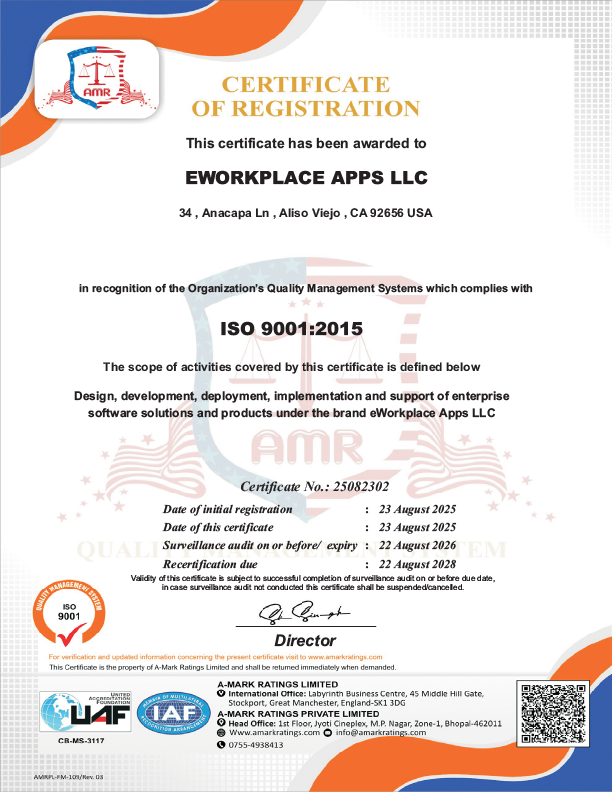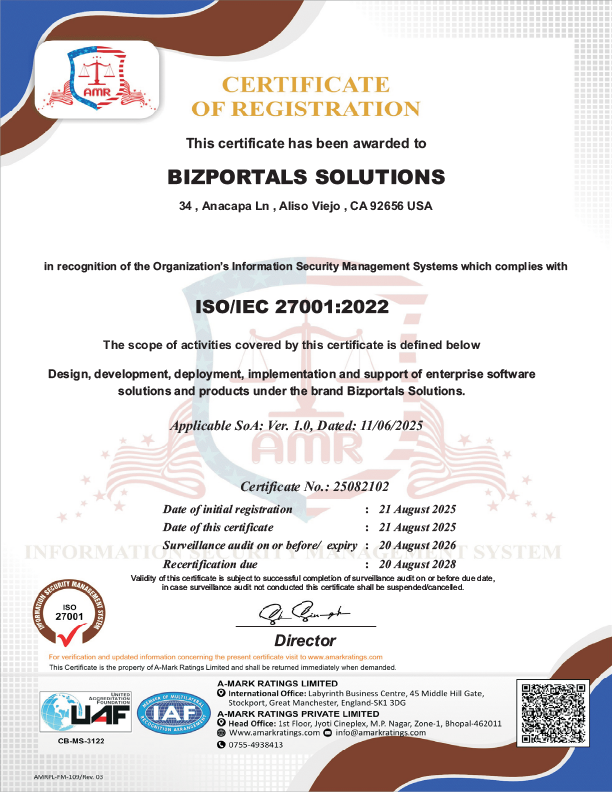Table of Contents
Step into a smarter digital workplace
Get a Free Product TourThe primary purpose of implementing an intranet is to simplify company-wide communications and to provide employees with the tools and solutions they need to increase efficiency and productivity.
But just putting an intranet in place is not enough. You need to measure its value over time to see what it achieved, and where it failed. You need to spend time investigating areas and functionality that are disliked or minimally used in order to create a robust intranet benchmarking strategy.
Measuring an intranet’s effectiveness is critical in helping organizations ensure its relevance by bringing continual improvements and providing valuable resources which help engage your users and ultimately affect your bottom-line.
Let’s look at a few key intranet performance metrics which can provide valuable insights to evaluate your intranet’s effectiveness.
1. User behavior
Most intranet managers will look at intranet usage to understand the behavior of the users. This will provide important intranet analytics regarding number of users visiting the intranet, frequently visited areas/sites, the amount of time spent, pages with a high bounce rate, exit pages, etc.
Many intranets offer a built-in admin dashboard from where you can check the usage and generate usage reports which will give you information like:
- Number of unique users
- Number of active users
- Number of pages visited per month
- Popular pages/content
- Types of devices used to access the intranet
- Bounce rates
Then you can use this intranet user survey data to improve your intranet, so you have more visitors and better adoption rates.
2. User friendliness
Just monitoring intranet usage will not give you information about how your employees perceive it. Users may be visiting the intranet and spending time on it because the company mandates it.
You need to find out if they are engaged and satisfied, because this will have an impact on the intranet adoption rate.
To know this, you need to ask these questions:
- Is the intranet addressing their pain points?
- Is it user friendly and inviting?
- Are they satisfied?
- Is it making work easier?
- What is not working?
It is easy to gather these intranet metrics with a quick survey or poll, which can be kept anonymous; or with a more detailed questionnaire or even quick meetings with small groups of users so they can provide valuable feedback and suggestions.
And it is important to showcase new features and enhancements made to the intranet, so users know that their input is valuable.
3. Mobile users
Being in a mobile-first world, businesses thrive on anywhere, anytime information. Understanding employees’ mobile experience helps organizations learn how well the intranet engages users on their mobile devices while they work beyond their office workstations.
The data from the below metrics can help you understand employees’ mobile experience and its ability to engage users working on-the-go.
- Percentage of users who access the mobile site
- Locations from which users access the intranet
- Devices/platforms being used
- Parts of the site accessed through a mobile device
- Tasks completed using a mobile device
- User ratings on mobile site experience
4. Employee engagement
More time spent on the intranet, great usage figures and positive survey results don’t always mean that your users are engaged. Employee expectations have changed drastically with the advent of social media and social intranets – they have revolutionized the way employees interact and perform.
How much your employees interact with your intranet is an indicator of employee engagement. So, measuring this interaction can give you a pretty clear picture of how well connected your organization is. You can even see individual intranet engagement levels with your intranet content.
Examples of engagement metrics are:
- Ratio of active users vs. total users
- Volume of user generated content
- Total number of likes, shares, and comments
- Levels of interaction within teams, groups or forums
- Percentage of user profiles that are complete
5. Productivity
An intranet’s ultimate aim is to increase efficiency and productivity – by enabling employees to do their jobs efficiently and have information on their fingertips. A great intranet does just that by improving collaboration, streamlining processes, automating tasks, approvals and workflows and bringing your diverse workforce and moving parts together on one platform. You can derive the productivity statistics and intranet’s success by:
- Evaluating the effectiveness of your intranet’s search
- Monitoring frequently searched terms
- Tracking page load times
- Tracking improvements in time consuming tasks like searching for documents, completing a form, generating a report, creating a workflow, etc.
6. Impact on other platforms
An effective intranet should ideally replace its counterparts; initially by reducing their usage and eventually making a complete shift to the intranet to perform their routine work-related functions. For example, many intranet managers see reduced usage of email as the first evidence of an intranet’s success. It means users are communicating via the intranet and that they are using the social tools, project sites, etc., rather than using emails.
Further, intranets offer self-service for users. Users are provided knowledge articles, video tutorials, frequently asked questions and troubleshooting guides. These assets enable users to get answers to their common questions, so they resolve issues on their own. The positive impact of the intranet can be measured by assessing reduced dependency on IT department to complete operations, e.g. reduced number of support calls and service tickets during a month. The data from these metrics can be put together to understand the overall impact of the platform on other existing systems that are part of your digital ecosystem.
Conclusion
Evaluating your intranet success using the above-mentioned intranet metrics can help in taking measures to improve your intranet’s performance and drive employee engagement. It can also help you map your intranet goals with the outcomes, build or alter strategies, measure and assess ROI that in turn helps drive continuous improvement and make key decisions. When it becomes a regular and on-going practice, you may never need a new intranet again.
If you are an organization that would like to increase your intranet’s adoption by leveraging Microsoft 365, please contact us at bizinfo@bizportals.com. We can help you evaluate your needs and provide you with an effective intranet solution that fits you.
Table of Contents
Step into a smarter digital workplace
Get a Free Product Tour


